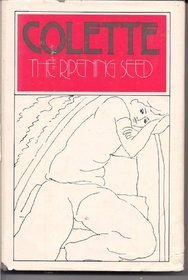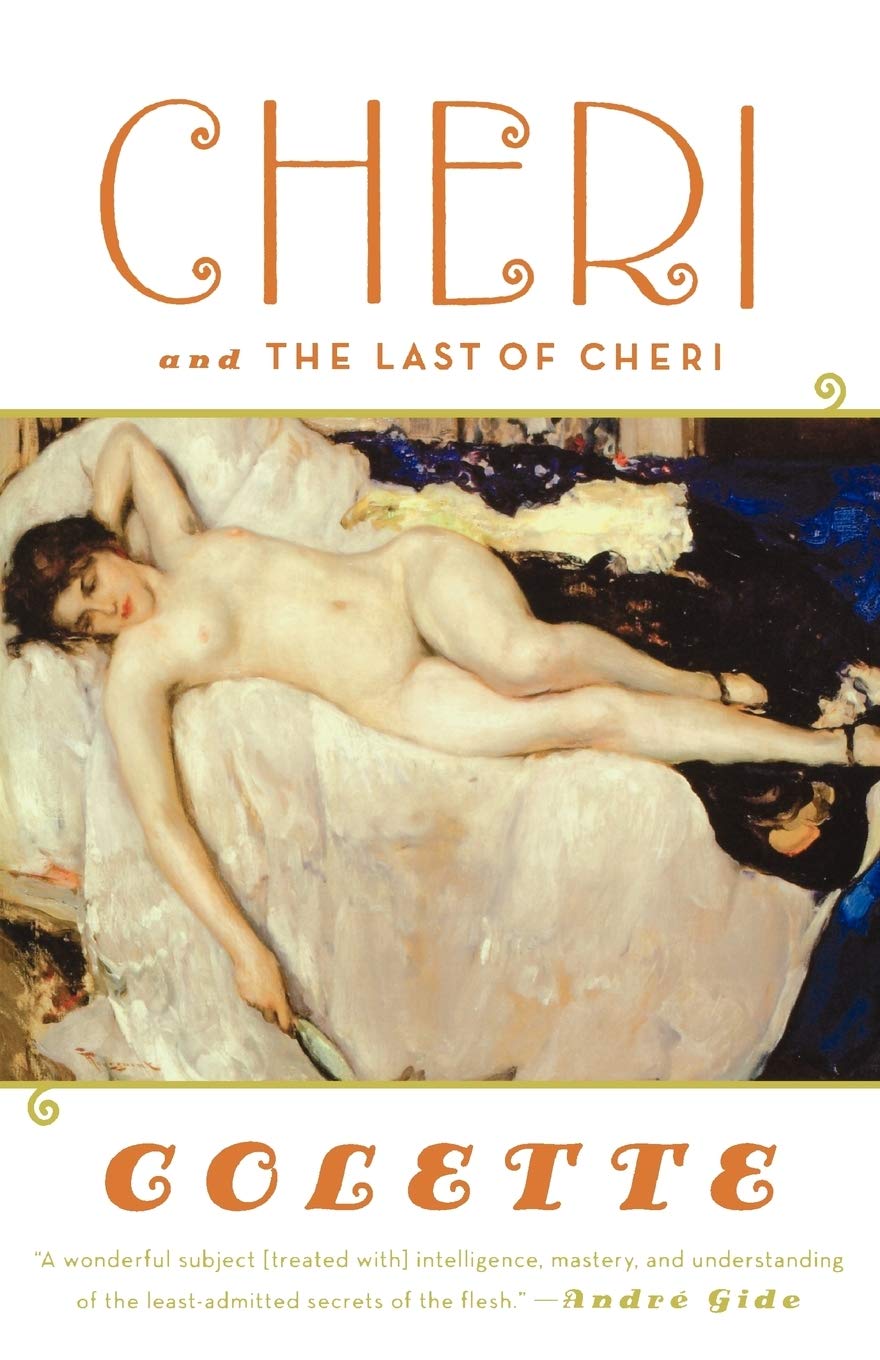
The Vagabond
Book Description
Life on the fringes can be breathtakingly beautiful and painfully lonely. In "The Vagabond," a daring young woman navigates the vibrant streets of Paris, chasing dreams while wrestling with her own heartache. With each step, she encounters fierce love, betrayal, and the raw pulse of artistic ambition. Relationships blur the lines between passion and freedom, igniting an internal battle that threatens to consume her. As she finds solace in her craft, the question looms: can she forge her identity amid a world that demands conformity? In a life where every choice feels like a leap into the unknown, what price is she willing to pay for her freedom?
Quick Book Summary
"The Vagabond" by Colette is a poignant exploration of self-discovery set in early 20th-century Paris. The novel follows Renée Néré, a talented music-hall performer and recent divorcée, as she seeks independence and meaning in the aftermath of a painful marriage. Renée is torn between her longing for autonomy and the magnetic pull of love and companionship, particularly when she meets Maxime, a wealthy admirer. Through Renée’s encounters and introspections, Colette exposes the struggles of women who resist societal expectations, the cost of artistic ambition, and the yearning for authentic fulfillment. The book captures the vibrancy and solitude of life on the margins, presenting Renée’s journey as both a celebration of freedom and a meditation on the sacrifices required to maintain it.
Summary of Key Ideas
Table of Contents
Female Independence and Self-Discovery
Renée Néré, the novel’s protagonist, is a seasoned music-hall performer in Paris who has left a stifling and unfaithful marriage. Through her journey, she becomes an emblem of female independence, seeking to define herself beyond conventional roles. Renée’s work on stage, interactions with fellow performers, and her struggle for financial stability illustrate the realities of a woman striving for autonomy in a society inclined to judge and marginalize those who deviate from tradition.
The Tension Between Love and Freedom
At the heart of Renée's story is a deep tension between her desire for freedom and the allure of romantic attachment. When she meets Maxime, a devoted and affluent admirer, she is swept into a passionate courtship. Although she is touched by his love and the security he offers, Renée recoils at the thought of losing her hard-won independence. This push and pull between intimacy and autonomy forms the emotional core of the narrative, highlighting the sacrifices she must consider to preserve her sense of self.
Artistic Life and Ambition
Renée’s artistic ambition and dedication to her craft are central to her identity. The stage represents both a source of livelihood and an emotional refuge, affording her moments of empowerment and purpose. However, the performing life is not without its hardships. Renée grapples with the instability of her profession and the transient connections she makes, navigating the challenges of a path that allows for creative expression but also exposes her to economic and emotional uncertainty.
Societal Expectations and Constraints
Society’s expectations and the restrictions imposed on women are constant pressures for Renée. Colette examines how cultural norms dictate women’s options, often forcing them into dependency. Renée’s determination to remain self-reliant is a radical choice that distances her from social acceptance. Through Renée’s observations and experiences, the story critiques the limitations placed on women’s lives and the courage required to defy them.
Solitude and Internal Conflicts
Throughout the novel, solitude is both a comfort and a burden for Renée. She finds peace in moments alone yet is haunted by longing and the ache of isolation. This internal conflict underscores the enduring cost of her chosen path; while her independence provides dignity and control, it comes with the price of loneliness. Ultimately, “The Vagabond” is a deeply empathetic portrait of a woman forging her identity, balancing love, art, and solitude while standing firm against a world that challenges her right to self-determination.
Download This Summary
Get a free PDF of this summary instantly — no email required.





